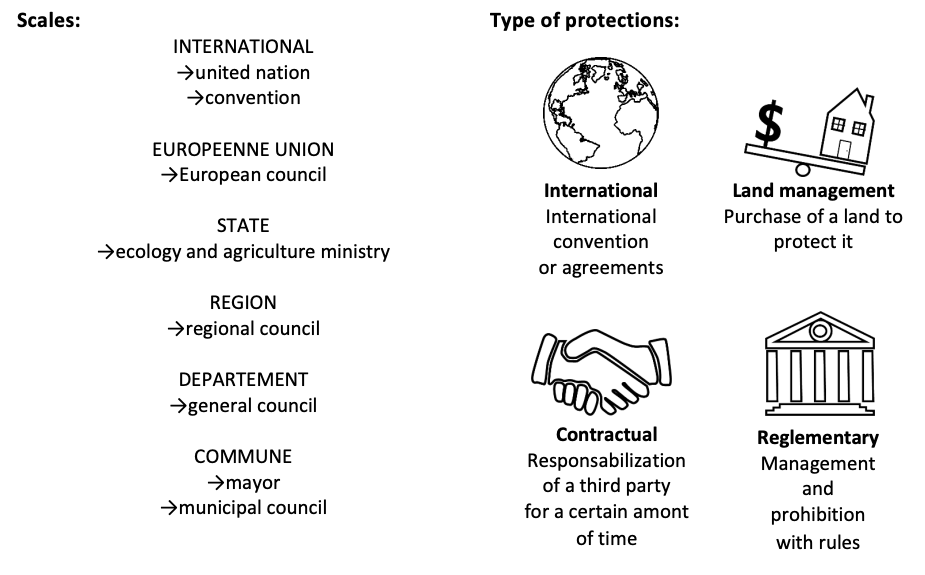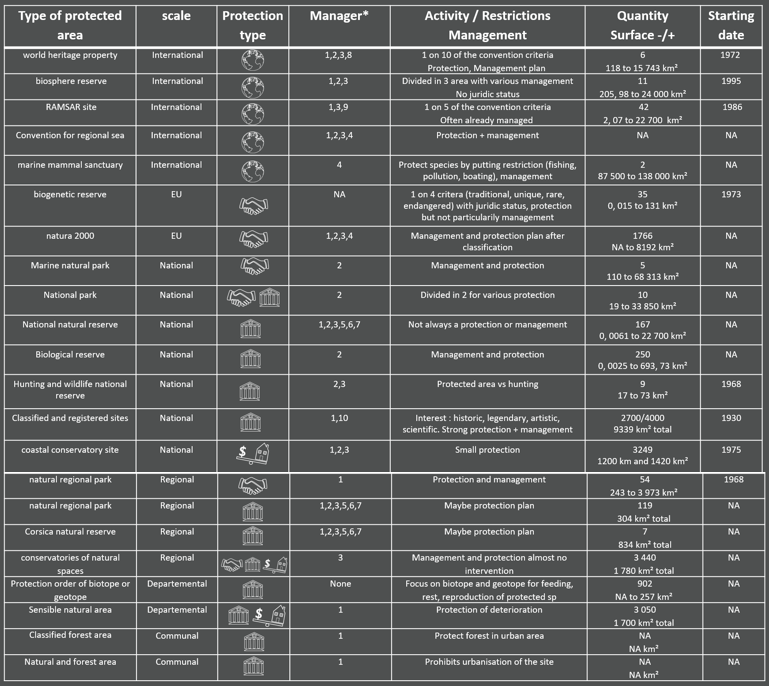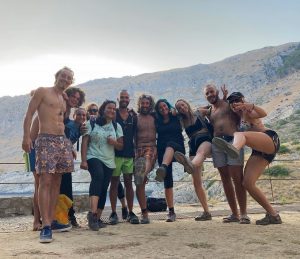Protected Areas in France
History
To introduce the system of protected areas in France, it is first important to know about its history. France is generally known to be the little hexagon on the west coast of Europe but back in the nineteen hundred things were different. The French empire was spread out in the world. Today, a few lands remain from this empire and give to the country multiple faces. By being present in every ocean except the arctic, France is the 2nd biggest EEZ (Exclusive Economic Zones) in the world after the united states. It represents 10 700 000 km2 of land and sea, among which only 376 499 is the hexagon everybody knows about.

In 1853, painters from the Barbizon school noticed that deforestation was ruining the natural landscape, and at the same time ruining their muse. They asked Napoléon III to protect the Fontainebleu forest to preserve its beauty. Thanks to art, the first French protected area was created.

Since then, more and more areas are protected. In 2019, France counted 29.5% of its lands and 23.5% of its waters as protected area.

Protected Area Diversity
26 protection labels exist in France. Most of the differentiation between the labels comes either from the scales were the protected area is or from the type of protection chosen to manage it.

Following is a table gathering all the type of protected area in France, to which needs to be added the particular protected area corresponding to some overseas territories:

Managers numbers correspond to the following list:
- Collectivity
- Public organisation
- Association
- International secretary
- Public group
- Foundation
- Private owner
- Ministry
- Littoral conservatory
- Private organisation
Where They Are Located?


Example
Petite-Terre is a National Natural Reserve. It was created in 1998 and covers around 990 ha. Today it is managed by three organizations: “Reserves Naturelles de France” at the state level, “Office National des Forets” at the department level and “Association Tité” at the communal level.

Petite-Terre was first used as a plantation for fruits and cotton. After years, humans moved to more civilized places, leaving Petite-Terre as a paradise for tourists. Even with thousands of tourists visiting the island every year, Petit-Terre has a lot of restrictions (interdiction to go on one of the two islands, no pollution, no noise, no anchor, no camping, etc.) to protect its natural legacy. A lot of studies are done to evaluate the biological conservation of the land and the sea. The main concern is Critically Endangered Lesser Antillean Iguana, Iguana delicatissima, since Petite-Terre is one of the last places on earth where it is possible to observe. The marine world is also investigated, for example, lemon shark nursery identification or turtle population management.







